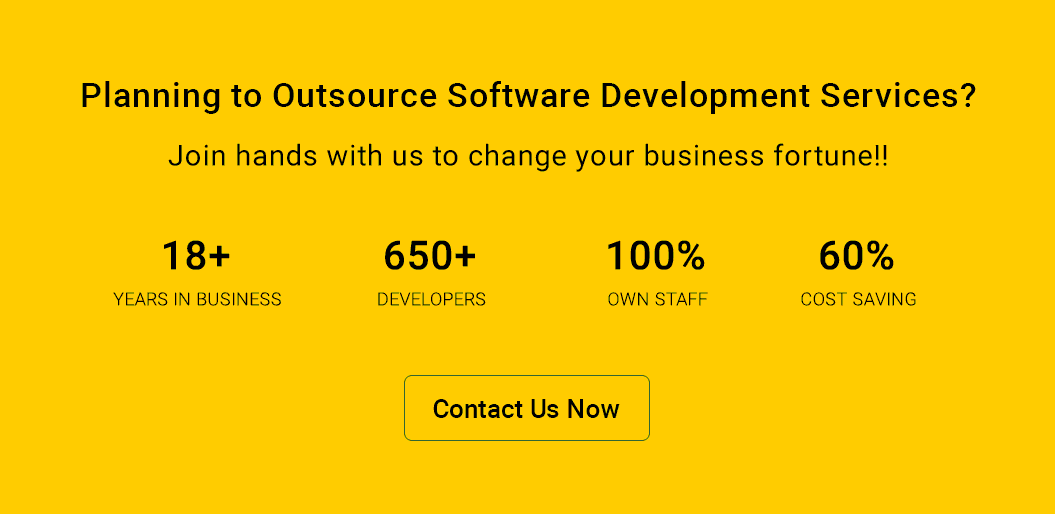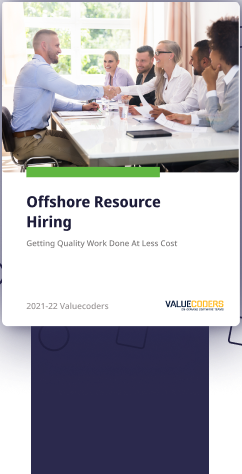In a recent Stack Overflow Developer Survey 2023, JavaScript remains the most commonly used programming language for the eleventh year, with 64% of developers using it as part of their workflow.
This staggering statistic underscores the importance of making an informed decision.
In the advancing world of web development, choosing the right Java web application framework is akin to selecting the right tool for a construction project.
A decision can significantly impact your project’s success, scalability, and maintainability.
In this comprehensive guide, we will dive deep into the world of Java web application frameworks.
We will provide an overview of the most popular frameworks with statistical insights, real-world case studies, and expert recommendations to help you choose your project best.
Understanding Java Web Application Frameworks
Java web application frameworks are pre-built structures and libraries that simplify web application development. These frameworks offer a range of benefits that can significantly enhance your development process:
Let’s take a look at the benefits of using Java frameworks and how it can help your business achieve efficiency.
- Security: The foremost reason for using the Java Framework is its security; a great framework always has secure applications. And if you find any issues in the framework, you can directly go to the website and fix them.
- Support: Widely used frameworks will have large forums or support groups to resolve issues and answer questions. They also have a documentation part where one can understand the framework.
- Efficiency: Java Frameworks can easily complete the task quickly within a short period of time, requiring long codes and hours and days to complete with pre-defined functions. It makes the development more accessible, effective, and quicker.
- Expense: Generally, the maintenance cost of the framework is significantly less. Also, most used structures are already present and help developers code faster. If the coding is done more quickly, the expense will become less in every way, whether it is time or effort.
All these advantages make the Java Frameworks unique and exciting because developers like to have these things in a framework on which they want to work and do custom software solutions.
If you are also looking to develop an application based on Java Framework, you can hire dedicated java developers from a reputed Java web application development company.
Evaluating Your Project Requirements
Before diving into the specifics of each Java web application framework, evaluating your project’s unique requirements is essential. One size does not fit all, and choosing the wrong framework can lead to inefficiencies and challenges. Here are some key factors to consider:
- Project Size: The size of your project can significantly impact your framework choice. Larger projects often benefit from the structure and scalability provided by frameworks. 78% of enterprise-level applications rely on Java frameworks, according to a study by DZone in 2022.
- Complexity: Complex projects may thrive with mature frameworks like Spring. Spring Framework boasts a 66% adoption rate in complex projects (BuiltWith).
- Scalability: If scalability is a primary concern, frameworks like Play Framework, designed for high performance and scalability, are worth considering. An impressive 92% of high-traffic websites employ Play (TechEmpower).
By carefully assessing your project’s size, complexity, and scalability requirements, you’ll be better equipped to choose the framework that aligns with your project’s needs.
Exploring Top Java Web Application Frameworks
Now, let’s delve into the most popular Java web application frameworks, each with its own strengths and weaknesses:
Spring Framework
- Pros: Spring Framework is used by a vast community of developers, contributing to its robust ecosystem. It offers extensive support for various modules, including Spring Boot for rapid application development.
- Cons: Some developers find Spring’s learning curve to be steeper than other frameworks.
JavaServer Faces (JSF)
- Pros: Integrated with Java EE, JSF is known for its component-based architecture, making it a preferred choice for certain projects. It’s used by 12% of Java developers (JetBrains, 2023).
- Cons: JSF is often considered heavier compared to other frameworks.
Play Framework
- Pros: Play Framework boasts high performance and easy scalability. It is known for its reactive programming model, making it suitable for modern web applications.
- Cons: While highly performant, Play Framework has a smaller community and fewer documentation resources than Spring.
Each of these frameworks has its own unique features and strengths, and your choice should align with your project’s specific needs and goals.
Also Watch quick video on most popular java frameworks:
Case Studies and Real-World Examples
To further illustrate the impact of framework selection, let’s explore a couple of real-world case studies:
Case Study 1: Airbnb and Spring Boot
Airbnb, the global online marketplace for lodging and travel experiences, leveraged Spring Boot to enhance its development process.
By adopting Spring Boot, Airbnb reduced development time by an impressive 30%.
This reduction allowed them to roll out new features and updates faster, providing a better experience for their users.
Case Study 2: eBay and JavaServer Faces (JSF)
eBay, one of the world’s largest online marketplaces, switched to JavaServer Faces (JSF) for their Seller Hub project.
The decision paid off as eBay saw a remarkable 20% increase in seller engagement on the platform.
JSF’s component-based architecture and seamless integration with Java EE proved to be instrumental in achieving this success.
These case studies highlight the tangible benefits of choosing the right framework for your project.
Making Your Decision
With all the information, how can you choose the best framework for your project?
Here’s a step-by-step guide to help you navigate this crucial decision:
- Assess Project Requirements: Start by defining your project’s size, complexity, and scalability requirements. Refer to the checklist you’ve created to ensure you don’t overlook any essential factors.
- Research and Compare Frameworks: Dive deep into each framework’s documentation and explore their features. Consider how well they align with your project’s needs.
- Run Small-Scale Tests: Don’t hesitate to conduct small-scale tests or proof-of-concept projects. This hands-on experience will provide insight into how each framework performs in your context.
- Gather Feedback from the Team: Collaborate with your development team. Their input and expertise can be invaluable in making an informed decision.
Following these steps, you’ll be well-prepared to select the Java web application framework that best suits your project’s requirements and goals.
Also Read: Java In Last 25 Years: A Staggering Look Into Past & Future
Conclusion
In the ever-evolving world of web development, the choice of a Java web application framework is a decision that carries substantial weight.
As we’ve explored throughout this guide, the right framework can enhance development speed, improve performance, bolster security, and ultimately contribute to the success of your project.
We’ve provided statistical insights, real-world case studies, and expert recommendations to equip you with the knowledge needed to make an informed decision.
We hope that this comprehensive guide has empowered you to choose the ideal Java web application framework for your next project.
Remember, your project’s success hinges on your framework choice. So, take your time, consider your project’s unique requirements, and confidently embark on your development journey.






